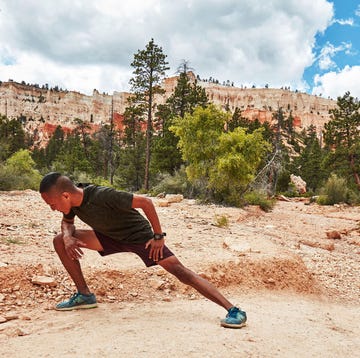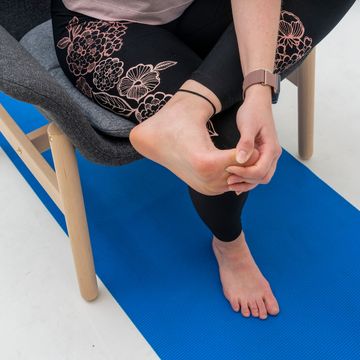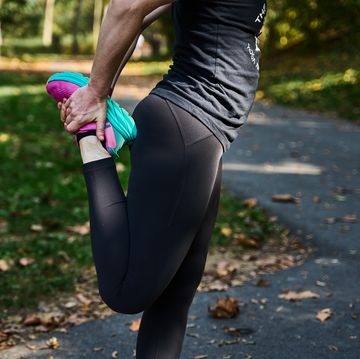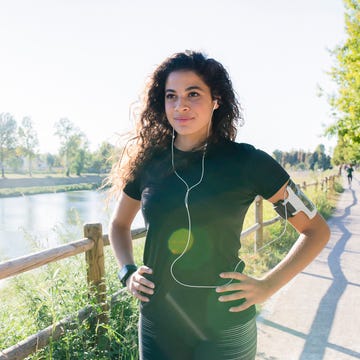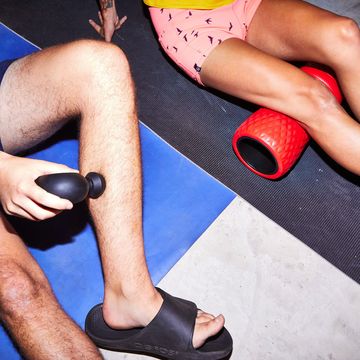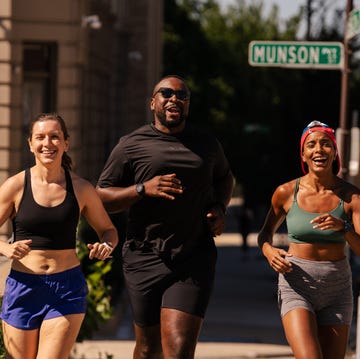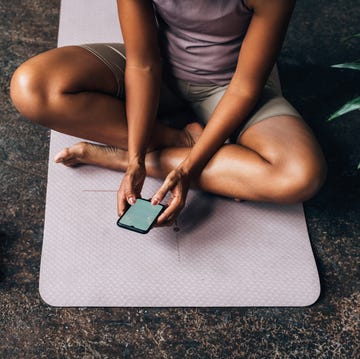It's the medical recommendation runners get most often. Injured knee? Ice it. Sore shin? Ice it. Good advice. Ice can decrease pain and inflammation and enhance healing. But if you do it wrong, you could damage surrounding muscle tissues, says Joseph Dykstra, M.A., assistant athletic trainer at Calvin College in Grand Rapids, Michigan. So here's a guide that will make icing crystal clear.
DON'T: ICE BEFORE YOU RUN
Numbing a body part before running can block signals to your brain that would tell you to back off. This may cause you to alter your gait, increasing injury risk.
DO: APPLY ICE ASAP AFTER A RUN
Whether you suffer an acute injury or have a chronic issue, ice the area as soon as you get home. When applied immediately, ice decreases swelling and initiates healing.
DON'T: LEAVE IT ON TOO LONG
Don't ice for more than 20 minutes or you'll risk frostbite. If your skin looks red, it's a warning sign you're pushing it. Remove the ice once you feel numbness.
DO: LEAVE IT ON FOR LONG ENOUGH
"If you ice less than 10 minutes, you'll cool your skin, but there will be minimal effect on underlying muscle tissue," Dykstra says. "Fifteen to 20 minutes is ideal."
DON'T: CALL IT QUITS AFTER ONE DAY
An injury benefits from ice in the days following the trauma. But if your symptoms worsen, or if your knee has been nagging you since, uh, the Ice Age, see a doctor.
DO: CONTINUE ICING DURING THE DAY
To maximize the benefits, ice five times a day, with at least 45 minutes in between applications. This keeps tissue temperature low to minimize inflammation.
For chronically tight, sore muscles, apply heat before you run to loosen them up. Then apply ice when you're done.
Ice Picks
Cool tools for treating injuries
BAG OF FROZEN PEAS
PROS: Cheap, convenient
CONS: You'll have to MacGyver a means of affixing the peas to your body, or just deal with the nuisance of holding a limb stationary so the bag doesn't fall.
HOMEMADE ICE PACKS
(water and ice in a baggie)
PROS: "Cold therapy that goes through a phase change—a solid (ice) changing into a liquid (water)—is more effective at cooling the body than a modality that's always a solid (frozen peas, frozen ice packs)," Dykstra says. "Water is a better conductor of thermal energy than ice. It absorbs heat from the muscle, helping to cool it down."
CONS: Need to remake a pack each time you ice throughout the day.
CRYOCUP
(pictured above; $13 at amazon.com)
PROS: Studies show ice massage (applying pressure rather than just setting it stationary) penetrates muscle tissue faster.
CONS: Ice is applied directly to skin, increasing the risk of frostbite.
INSTANT COLD PACKS
($4 at walgreens.com)
PROS: Available at drug stores. No fridge required.
CONS: Chemicals in these packs combine to create a cooling effect. You do not want that stuff leaking on your skin (or couch), so check for holes before applying.
MOJI KNEE
($89 at gomoji.com)
PROS: A compression wrap allows mobile icing, so you can walk around while treating your injury.
CONS: It's only available online, it's pricey, and the knee is the only body part it's designed to treat.
Liz Plosser is the editor-in-chief of Women's Health. She's been passionately reporting and editing health, fitness, nutrition, sexual health, and mental health content for her entire career. She has a 360-degree outlook on the wellness world, having worked across platforms at print magazines (Self, Cosmopolitan), with video (CosmoBody), overseeing content and strategy for brands (Canyon Rach, SoulCycle) and as SVP of Content in the digital space (Well+Good).



